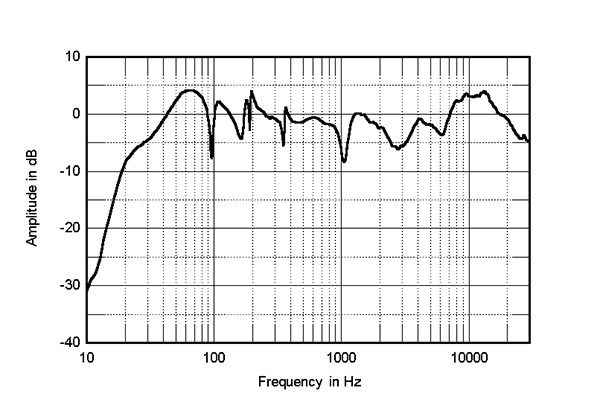@erik_squires is that speaker measurement (anechoic chamber) and it's imperfections become mute at nominal listening distances in an average set up room? Therefore does the measurement really matter in choice of purchase, if you liked the sound more than X or Y speaker?
Granted, I think there were some solid points made for similar priced speakers that DO have damn near perfect frequency response graphs (assumed anechoic).
I recently listened to a system that was fully active DSP processed: near perfect 'in room response' graph. The bass was spectacular....but to my ears the whole really sounded 'meh'. Without the DSP, I felt like that system had character, unique, some things I liked a whole lot more...some aspects suffered, like the bass control/detail. I wonder if you 'DSP' those Alta speakers to be more even in response, would they sound "better"?


